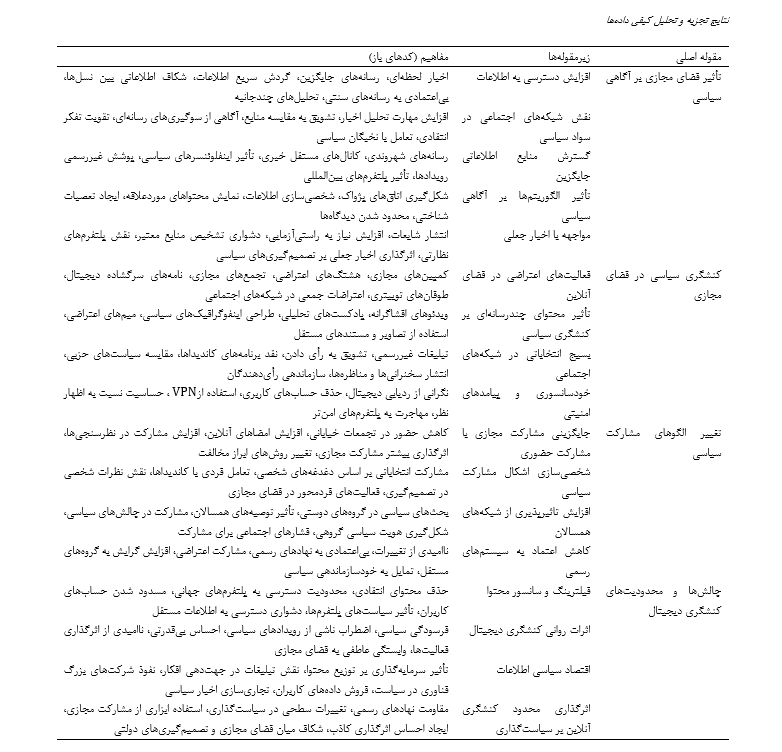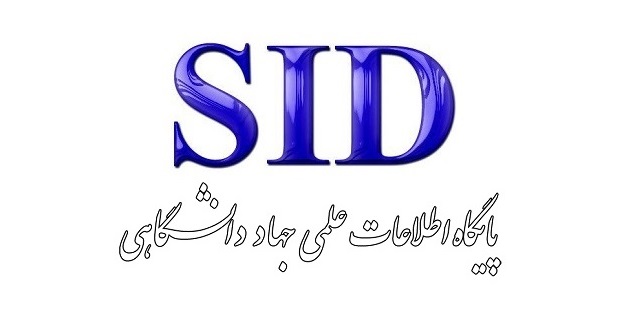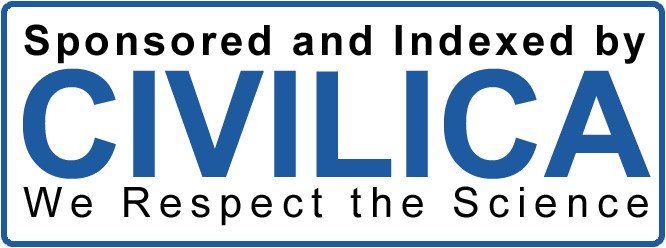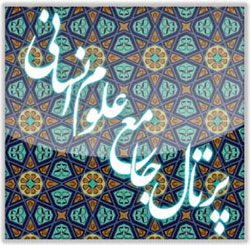The Role of Virtual Space in Political Activism and Electoral Participation of 1990s Youth: An Analysis of Changing Patterns of Political and Social Participation
Keywords:
Cyberspace , Activism , Political , Electoral participation , Social networks , Youth of the 1990sAbstract
This study aims to examine the role of virtual space in political activism and electoral participation among Iranian youth born in the 1990s, analyzing the changes in political and social participation patterns influenced by social media platforms. This research utilized a qualitative methodology with semi-structured interviews as the primary data collection tool. A total of 24 participants from Tehran, all born in the 1990s, were selected through purposive sampling. The interviews focused on their experiences with political activism and electoral engagement through virtual platforms. Theoretical saturation was reached after 24 interviews. NVivo software was used for qualitative data analysis, employing open, axial, and selective coding to identify emerging themes and patterns. The findings revealed that social media has significantly transformed political participation among young Iranians. Participants reported that online platforms increased access to political information, facilitated political discussions, and enabled digital activism through campaigns, petitions, and hashtags. However, they also highlighted challenges such as government restrictions, censorship, misinformation, and algorithmic bias that shape political discourse. While many young people engage in virtual activism, some expressed skepticism regarding its real-world impact and emphasized the gap between online discourse and policy-making. Additionally, some participants noted a shift from traditional forms of political participation, such as street protests, to digital engagement. This study confirms that social media plays a pivotal role in shaping political activism and electoral engagement among Iranian youth. While it provides opportunities for mobilization and participation, challenges such as misinformation, censorship, and surveillance hinder its full potential. The findings suggest the need for further research on the long-term effects of digital political engagement and the development of educational programs to enhance critical media literacy among young users.
Downloads
References
Hamid, R. S., Abror, A., Anwar, S. M., & Hartati, A. (2022). The Role of Social Media in the Political Involvement of Millennials. Spanish Journal of Marketing - Esic, 26(1), 61-79. https://doi.org/10.1108/sjme-08-2021-0151
Honari, A., & Alinejad, D. (2021). Online Performance of Civic Participation: What Bot-Like Activity in the Persian Language Twittersphere Reveals About Political Manipulation Mechanisms. Television & New Media, 23(8), 917-938. https://doi.org/10.1177/15274764211055712
Intyaswati, D. (2021). Political Learning Through a Social Media Network. Webology, 19(1), 19-36. https://doi.org/10.14704/web/v19i1/web19002
Jafari, Z., & Jafari, M. (2022). Social Media as a Political Arena: A Qualitative Analysis of Online Activism. Isslp, 1(2), 19-25. https://doi.org/10.61838/kman.isslp.1.2.4
Kadivar, J. (2021). Propaganda and Radicalization: The Case of Daesh in Iran. Contemporary Review of the Middle East, 9(1), 70-98. https://doi.org/10.1177/23477989211051221
Karimi, S. (2018). The Virtual Sphere and the Women’s Movement in Post-Reform Iran. International Journal of Contemporary Research and Review, 9(05), 20430-20459. https://doi.org/10.15520/ijcrr/2018/9/05/509
Karimi, S. (2019). The State of Female Activities in Iran and the Internet. World Journal of Social Science Research, 6(2), 217. https://doi.org/10.22158/wjssr.v6n2p217
Keith, D. (2023). The Impact of Social Media on Political Activism. Ijhss, 1(1), 16-29. https://doi.org/10.47941/ijhss.1429
Madraki, G., Grasso, I., Otala, J. M., Liu, Y., & Matthews, J. (2021). Characterizing and Comparing COVID-19 Misinformation Across Languages, Countries and Platforms. 213-223. https://doi.org/10.1145/3442442.3452304
Marks, E. J. (2023). The Role of Social Media in Iran. Compass, 3(1), 20-27. https://doi.org/10.29173/comp74
Mohammadi, S. (2024). The Impact of Security Arrangements in West Asian Countries on the National Security of the Islamic Republic of Iran: A Copenhagen School Perspective. Jspsich, 3(3), 200-219. https://doi.org/10.61838/kman.jspsich.3.3.12
Nogueira, D. d. S., & Papageorgiou. (2020). Standing Still or Ascending in the Social Media Political Participation Ladder? Evidence From Iran. Rev. Esp. Cienc. Polít., 53, 13-39. https://doi.org/10.21308/recp.53.01
Panwar, K., & Sihag, V. (2022). Protest Movements, Social Media, and the Role of Law Enforcement. International Journal of Information Systems and Social Change, 14(1), 1-13. https://doi.org/10.4018/ijissc.314590
Pourmohammadi, K., Hakimzadeh, S. M., & Bastani, P. (2020). COVID-19 and the Impact of Virtual Social Networks: Knowledge Transfer or Public Panic (Preprint). https://doi.org/10.2196/preprints.22337
Sabeen, S. (2023). Analyzing the Consequences of Social Media on Pakistani Politics. Pakistan Languages and Humanities Review, 7(1). https://doi.org/10.47205/plhr.2023(7-i)16
Shaban, S. (2022). Iranian Feminism and Transnational Ethics in Media Discourse. https://doi.org/10.5771/9781793647276
Talebian, S., & Talebian, H. (2018). The Application of Causal Layered Analysis to Understand the Present Conditions and Possible Futures of Media and Politics in Iran. European Journal of Futures Research, 6(1). https://doi.org/10.1186/s40309-018-0137-9
Vodyanov, I. N. (2023). On the Role of the Media in Political Processes: The Arab Spring. Communicology, 11(3), 86-99. https://doi.org/10.21453/2311-3065-2023-11-3-86-99
Yusefi, K. (2024). A Critical Analysis of Kurdistan Movement Leadership in Iran. https://doi.org/10.69939/tishk9039
Zarqami, b., & Roumina, E. (2018). The Impact of Local Structures on Socio-Political Action;Case: Baluch in Iran. Geographical Researches Quarterly Journal, 33(3), 24-37. https://doi.org/10.29252/geores.33.3.24

Downloads
Published
Submitted
Revised
Accepted
Issue
Section
License
Copyright (c) 2025 Shahin Golafshannia (Author); Mohammad Ali Khosravi (Corresponding Author); Seyed Ali Mortazavian, Ahmad Bakhshayeshi Ardestani (Author)

This work is licensed under a Creative Commons Attribution-NonCommercial 4.0 International License.







